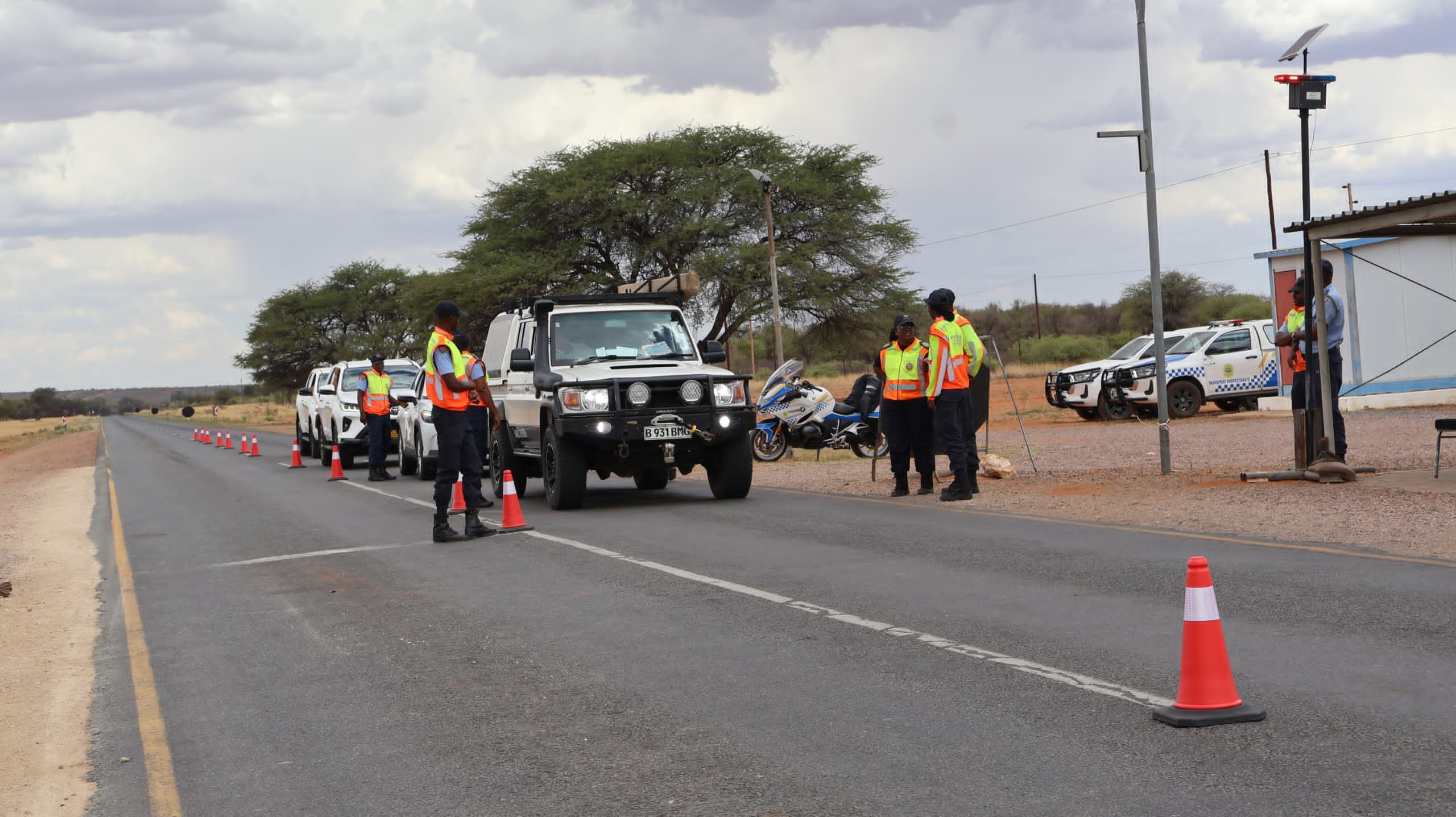MBANGA-PONGO – Aviation officials say a plane carrying 114 people nose-dived into a thick mangrove forest, disintegrating on impact and making it unlikely any passengers survived.
Villagers wielding machetes and chainsaws cleared the way yesterday for searchers setting out into a central African swamp where the Kenya Airways jetliner crashed on Saturday. “The plane fell head-first.Its nose was buried in the mangrove swamp.It’s very unlikely that there are any survivors,” said Thomas Sobakam, chief of meteorology for the Douala airport.He said the search continued, however.Two other aviation officials in Cameroon, who spoke on condition of anonymity because an official determination had not yet been made, also said it was unlikely anyone survived.The plane had taken off from Douala, and its wreckage was found just 20 kilometres from the town’s outskirts.The cause of the crash remained unclear.Among the passengers was Nairobi-based Associated Press correspondent Anthony Mitchell, who had been on assignment in the region.While the site where the plane went down was not remote, it was in a dense and hard-to-access mangrove forest.The road in was dirt track, its ruts filled with water yesterday after heavy overnight rains.The last stretch to the site could accommodate only foot traffic – a large Douala airport truck had become mired in the mud overnight.Searchers emerged yesterday covered in mud, carrying shoes they had taken off to wade into the swamp.One of the searchers, Guiffo Gande Adolphe, said he had seen one body and a body part.Adolphe, a 35-year-old Douala resident, said he went to see what he could do after hearing wreckage had been found, and ended up among a handful of volunteers and soldiers who spent the night at the site.More searchers headed to the area yesterday morning.Adolphe said that so far, only small pieces had been found – a seat, a sheet of metal no bigger than a car door.He held up his hand as if he were holding a baseball to demonstrate the size of one of the pieces of wreckage he had seen.Dozens of rescue workers and journalists walking through the swamp at night had reached the edge of the crash site late Sunday, but did not immediately find survivors.Reporters said they had found only small, scattered pieces of wreckage before they had to abandon the search because of darkness and deep water.Teams yesterday were to follow the debris trail in hopes of finding the main part of the wreckage.The wreckage was found southeast of Douala, along the Nairobi-bound plane’s flight path from the Douala airport – more than 40 hours after the Boeing 737-800 lost contact with the airport.The crash site was concealed by a thick canopy of trees, Naikuni said.The last crash of an international Kenya Airways flight was on January 30, 2000, when Flight 431 was taking off from Abidjan, Ivory Coast, on its way to Nairobi.Investigators blamed a faulty alarm and pilot error for that crash, which killed 169 people.Nampa-AP”The plane fell head-first.Its nose was buried in the mangrove swamp.It’s very unlikely that there are any survivors,” said Thomas Sobakam, chief of meteorology for the Douala airport.He said the search continued, however.Two other aviation officials in Cameroon, who spoke on condition of anonymity because an official determination had not yet been made, also said it was unlikely anyone survived.The plane had taken off from Douala, and its wreckage was found just 20 kilometres from the town’s outskirts.The cause of the crash remained unclear.Among the passengers was Nairobi-based Associated Press correspondent Anthony Mitchell, who had been on assignment in the region.While the site where the plane went down was not remote, it was in a dense and hard-to-access mangrove forest.The road in was dirt track, its ruts filled with water yesterday after heavy overnight rains.The last stretch to the site could accommodate only foot traffic – a large Douala airport truck had become mired in the mud overnight.Searchers emerged yesterday covered in mud, carrying shoes they had taken off to wade into the swamp.One of the searchers, Guiffo Gande Adolphe, said he had seen one body and a body part.Adolphe, a 35-year-old Douala resident, said he went to see what he could do after hearing wreckage had been found, and ended up among a handful of volunteers and soldiers who spent the night at the site.More searchers headed to the area yesterday morning.Adolphe said that so far, only small pieces had been found – a seat, a sheet of metal no bigger than a car door.He held up his hand as if he were holding a baseball to demonstrate the size of one of the pieces of wreckage he had seen.Dozens of rescue workers and journalists walking through the swamp at night had reached the edge of the crash site late Sunday, but did not immediately find survivors.Reporters said they had found only small, scattered pieces of wreckage before they had to abandon the search because of darkness and deep water.Teams yesterday were to follow the debris trail in hopes of finding the main part of the wreckage.The wreckage was found southeast of Douala, along the Nairobi-bound plane’s flight path from the Douala airport – more than 40 hours after the Boeing 737-800 lost contact with the airport.The crash site was concealed by a thick canopy of trees, Naikuni said.The last crash of an international Kenya Airways flight was on January 30, 2000, when Flight 431 was taking off from Abidjan, Ivory Coast, on its way to Nairobi.Investigators blamed a faulty alarm and pilot error for that crash, which killed 169 people.Nampa-AP
Stay informed with The Namibian – your source for credible journalism. Get in-depth reporting and opinions for
only N$85 a month. Invest in journalism, invest in democracy –
Subscribe Now!







